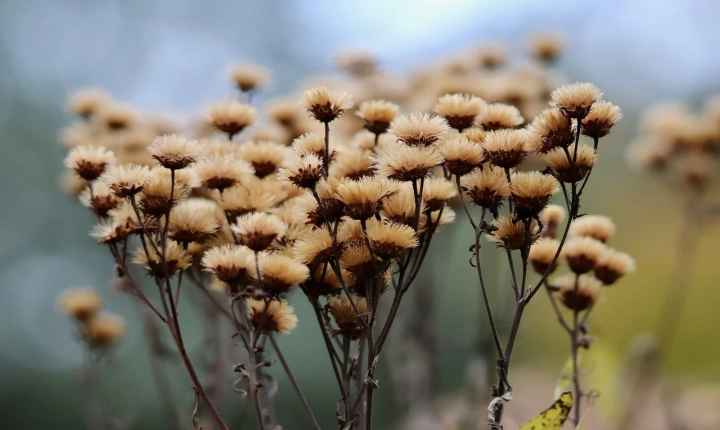Artificial intelligence (AI) has revolutionized many industries, from transportation to healthcare. However, its potential impact on the field of creativity has sparked a heated debate. Some argue that AI is a threat to creativity, while others believe it can enhance and expand creative capabilities. This article aims to explore both sides of the argument and provide insight into the complex relationship between AI and creativity.
One of the principal concerns surrounding AI and creativity is the fear that machines will replace human artists, writers, and other creative professionals. Indeed, AI has already proven capable of producing music, paintings, and even literature. With advancements in machine learning and natural language processing, AI algorithms can generate content that mimics human creativity to a remarkable extent. For example, the emergence of AI-generated art has raised questions about the authenticity and value of artwork, challenging the traditional notion of artistic expression and originality.
Furthermore, there is a worry that the widespread adoption of AI in creative industries could lead to homogenization and a lack of diversity in art and culture. If AI algorithms are primarily used to streamline and optimize creative production, there is a risk that unique and unconventional voices may be overshadowed by commercially viable, algorithm-generated content. This potential standardization of creativity raises concerns about the loss of human ingenuity and the erosion of cultural richness.
On the other hand, proponents of AI in creativity argue that it can be a powerful tool for augmenting human creative potential. AI systems can assist artists and designers in generating new ideas, refining their work, and overcoming creative blocks. For instance, AI-powered tools can analyze vast amounts of data to identify trends, patterns, and inspirations that humans may not have access to otherwise. This ability to process and synthesize information at a large scale can serve as a valuable resource for artists seeking to push the boundaries of their creativity.
Moreover, AI can enable greater accessibility to creative tools and resources, leveling the playing field for aspiring artists and creators. Through AI-driven platforms and applications, individuals with limited technical skills or resources can explore their creative passions and bring their ideas to life. This democratization of creativity has the potential to diversify the pool of talent and foster innovation across various artistic disciplines.
Additionally, AI-generated content can serve as a source of inspiration rather than a replacement for human creativity. Artists and creators can leverage AI-generated pieces as starting points for their own work, using them as prompts or references to spark new ideas and directions. This collaborative relationship between AI systems and human creators may result in innovative and unexplored artistic expressions that blend the best of both worlds.
In conclusion, the question of whether AI is a threat to creativity is a complex and multifaceted issue. While there are valid concerns about the potential homogenization and displacement of human creativity, there is also a strong case for the beneficial role of AI in expanding and enriching the creative landscape. Ultimately, the future relationship between AI and creativity will depend on how we choose to harness and integrate these technologies into our artistic endeavors. By embracing AI as a complementary tool and preserving the unique essence of human expression, we can strive to cultivate a more diverse, innovative, and harmonious creative environment.
